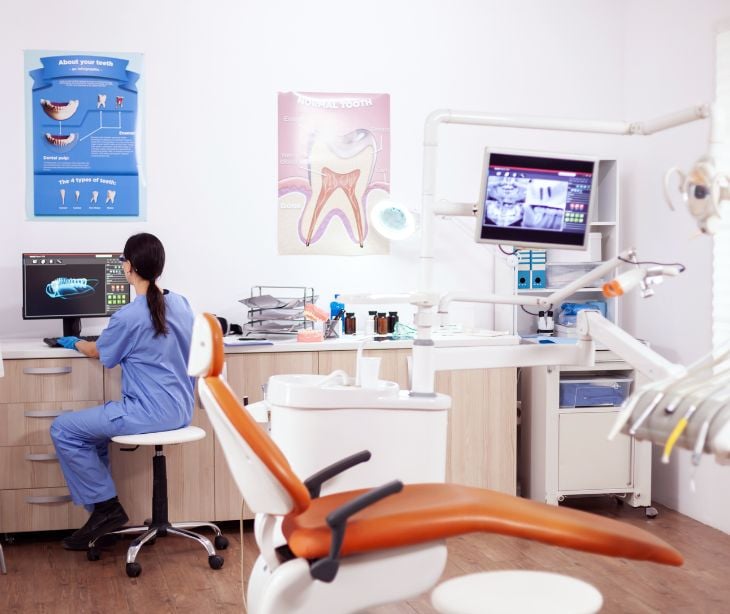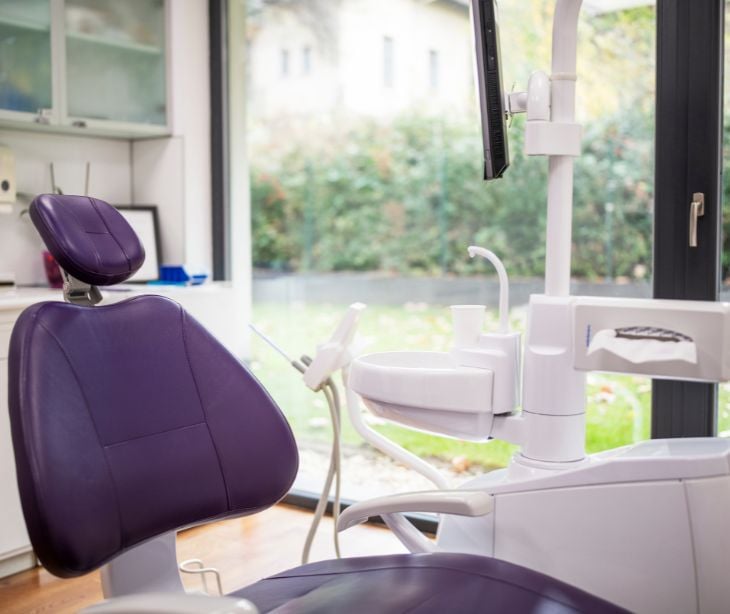2 min read
How to develop HIPAA privacy policies for your dental practice
Liyanda Tembani
June 16, 2023

Developing HIPAA compliant privacy policies and procedures for a dental office is a legal requirement and an ethical obligation. Understanding how to formulate these written policies and procedures is the first step towards ensuring your dental practice is HIPAA compliant.
Privacy policies and procedures
- Legal and ethical obligation: Compliance with the HIPAA Privacy Rule is a legal requirement for dental practices that are covered entities. Upholding patient privacy demonstrates an ethical commitment to patient care and fosters trust within the dental practice.
- Confidentiality of patient information: Privacy policies and procedures ensure the confidentiality of patient information, protecting against identity theft, fraud, and unauthorized access.
- Compliance with HIPAA regulations: Non-compliance can result in significant fines, legal penalties, reputational damage, and loss of patient trust.
Related: What are the penalties for HIPAA violations?
The process of developing privacy policies and procedures
1. Conduct a privacy policy gap analysis: Perform a comprehensive review of your existing privacy policies and procedures. Identify any gaps or deficiencies that must be addressed to ensure compliance with HIPAA regulations.
2. Appoint a designated privacy officer: This privacy officer can provide guidance, implement policies, and address any privacy-related concerns within the dental practice.
3. Conduct a risk assessment: Evaluate the potential risks and vulnerabilities to patient information security within your dental practice. This includes both digital and physical risks. Assess the effectiveness of current safeguards and identify areas where additional security measures may be required.
4. Determine the policies and procedures structure: Outline the structure and format for your privacy policies and procedures, ensuring they align with HIPAA requirements. Consider using a clear and easily accessible format, such as a manual or an online document, to ensure all staff members can access and reference the policies when needed.
5. Develop privacy policies that address these key elements:
- Patient consent and notice: Explain how patient consent will be obtained and provide clear notice about the purpose for which the information will be used.
- Information collection and use: Specify the types of patient information collected, the lawful basis for the collection, and the purposes for which it will be used. Detail how the information will be documented and stored securely.
- Disclosure of patient information: Describe the circumstances under which patient information may be disclosed to third parties, such as insurance providers or other healthcare professionals. Emphasize the need for proper safeguards and consent.
- Data security measures: Outline the security measures in place to protect patient information, both digitally and physically. This can include HIPAA compliant email encryption, firewalls, access controls, employee training, and regular security assessments.
- Data retention and disposal: Specify how long patient information will be retained, taking into account legal requirements and business needs. Provide guidelines for the secure disposal of information when it is no longer needed.
- Patient rights: Explain the rights patients have regarding their health information, including the right to access, amend, and restrict disclosure of their information. Outline the process for patients to exercise these rights.
6. Breach response and notification: Define the steps to be taken in the event of a data breach, including the investigation, containment, and notification procedures. Ensure compliance with relevant breach notification laws and guidelines.
7. Develop privacy procedures: Provide detailed instructions for staff members on how to implement and follow the privacy policies. These should cover the following:
- Staff responsibilities and training: Clearly define the roles and responsibilities of staff members in protecting patient privacy. Provide comprehensive training to ensure all employees know their obligations and understand the privacy policies and procedures.
- Monitoring and compliance: Establish mechanisms for monitoring compliance with privacy policies and procedures. This can include regular audits, assessments, and ongoing training to address any identified gaps or areas of non-compliance.
- Regular policy review and updates: Emphasize the importance of regularly reviewing and updating privacy policies and procedures to reflect changes in regulations, technology, and best practices. Assign responsibility for policy review and ensure it is conducted at predetermined intervals.
8. Review and revise policies and procedures: Privacy policies and procedures should be reviewed periodically to ensure their effectiveness and relevance. Note any changes in regulations, technology, or the dental practice's operations. Involve key stakeholders and seek input from legal professionals or privacy experts to ensure compliance with HIPAA and other relevant regulations.
Creating comprehensive written policies and procedures is essential to achieving HIPAA compliance in your dental practice. These documents serve as a roadmap for protecting patient privacy, ensuring data security, and maintaining regulatory compliance.
Subscribe to Paubox Weekly
Every Friday we'll bring you the most important news from Paubox. Our aim is to make you smarter, faster.



